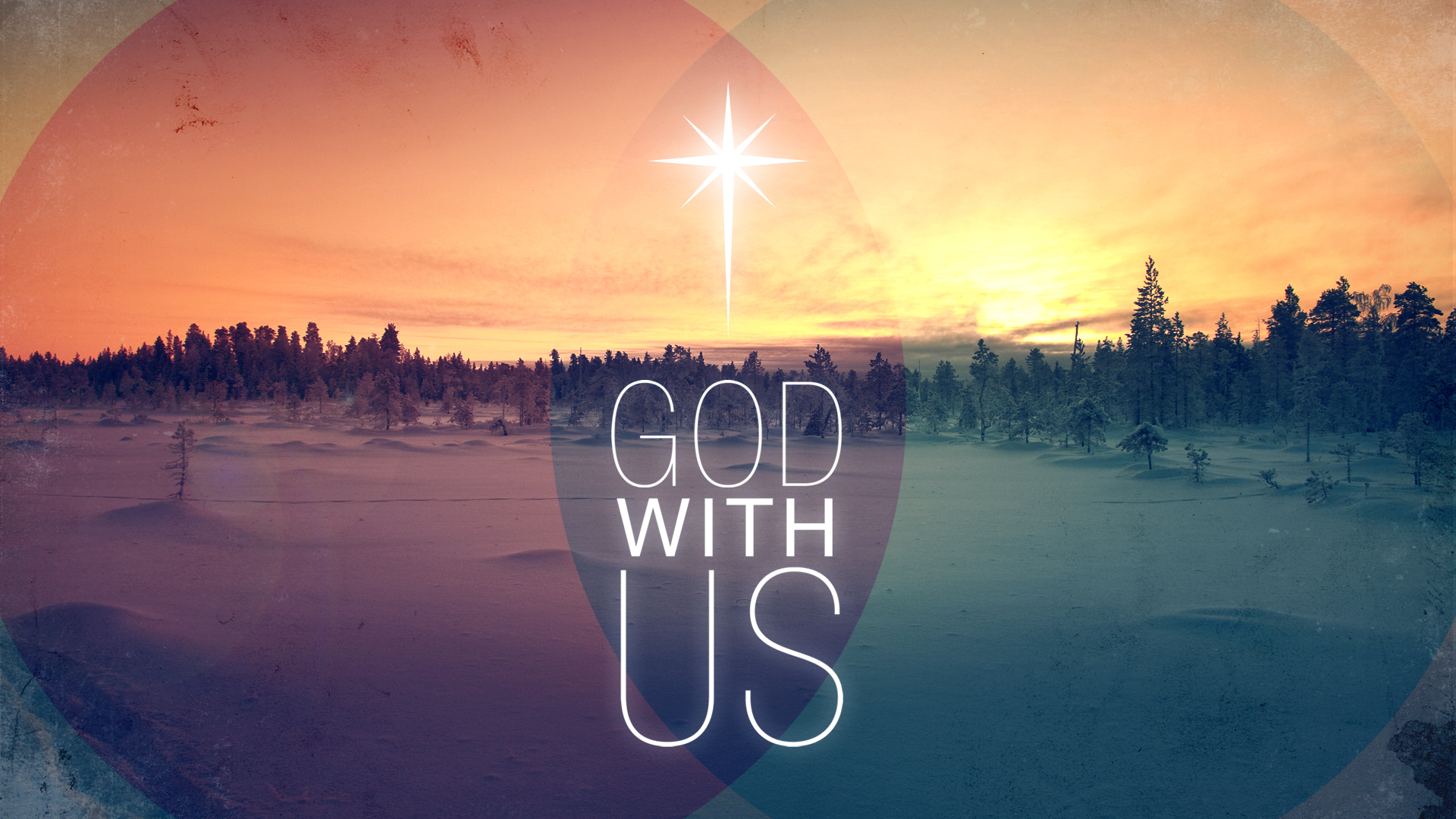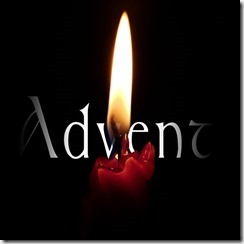
Christmas week devotional starts next week. Over the Christmas week, the regular 2-3 posts a week is going to be paused.
Instead, I will offer daily reflections from December 21- 26.
[sh_btn link=”http://www.matthewlaker.com/christmas2015″ target=”_blank” shape=”square” style=”dimension” size=”small” color=”#DD4040″ bordercolor=”#DD4040″ bordersize=”0″ fontcolor=”rgb(251, 242, 242)” enablehover=”enable” enableicon=”disable” iconbg=”flat” iconset=”fontawesome” iconfa=” fa fa-glass”]Sign up here for Christmas Week Devotionals[/sh_btn]
Here is what you need to know:
- To receive the Christmas week reflections, you must sign up here or below.
- The regular posting schedule is on hold.
- After Christmas, the 2-3 post a week schedule will come back.
The Christmas devotionals will reflect on four topics:
Dec. 21- God’s immanence – Luke 21:25-36
Dec. 22 – God’s guidance – Luke 1:69-79
Dec 23 – God’s provision – Isaiah 12:1-6
Dec. 24 – God’s Arrival – Micah 5:2-5a
Dec. 25 – Christmas day reflection and prayer
Dec. 26 – The day after the celebration
The good news is, no matter what our storm looks like, God has not left us. He is coming; he is here. During the Christmas week take intentional time to pause and seek Jesus. When you do that you will enter, engage, and experience the life you were created for (John 10:10).
Series: Christmas week reflection 2015
 Advent is part of a larger system of discipleship to teach people who Jesus is, who they are in Christ and what we are to do. During advent, we can hit upon the two major themes of Christ’s first coming and his second coming.
Advent is part of a larger system of discipleship to teach people who Jesus is, who they are in Christ and what we are to do. During advent, we can hit upon the two major themes of Christ’s first coming and his second coming.